A small clock using vintage VQB 71 segment displays from East Germany. Time comes from space courtesy of a NEO-6M GPS module. This project is the little brother of GPS Wall Clock.
Details and copious photos in the project logs:
- Design and bring-up of a VQB 71 GPS clock
- Ticking accurately with the NEO-6M (using timepulse for better timing accuracy)
 Stephen Holdaway
Stephen Holdaway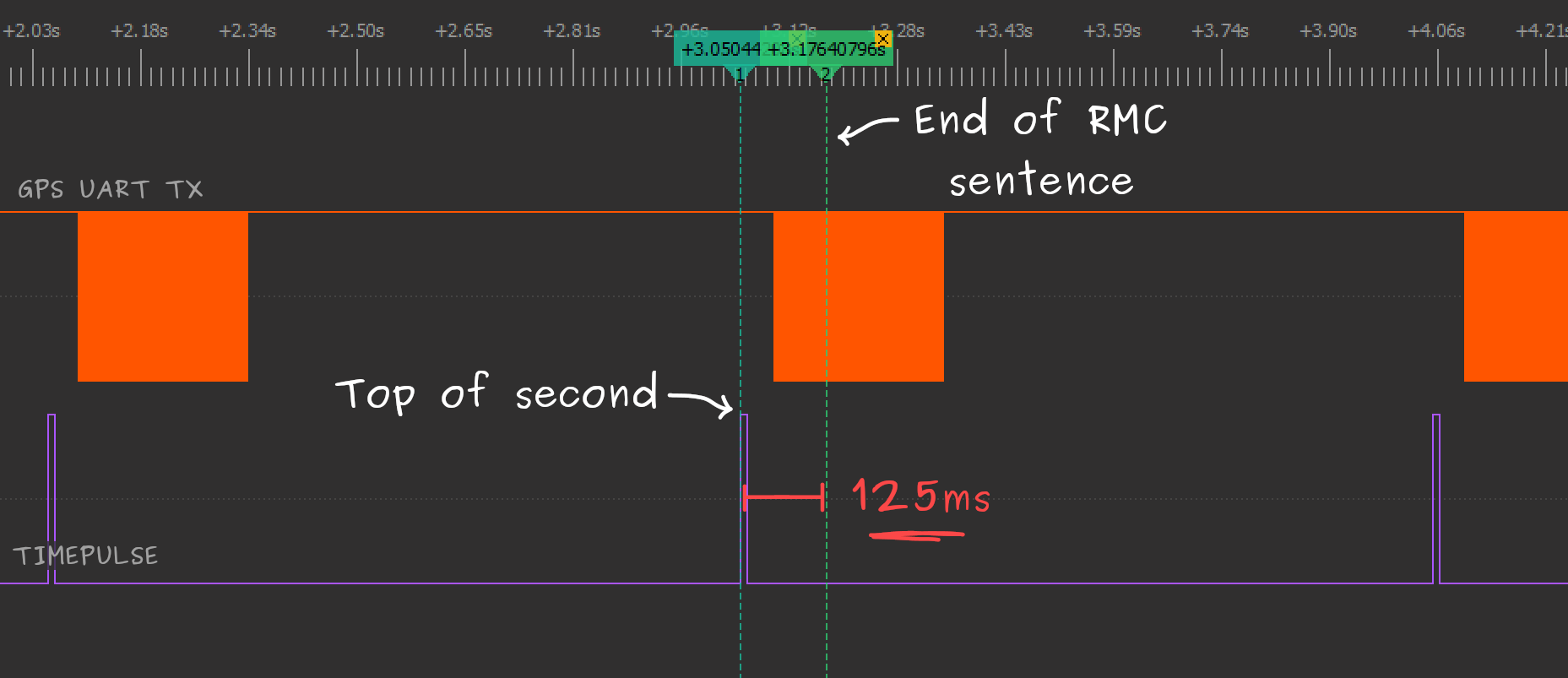
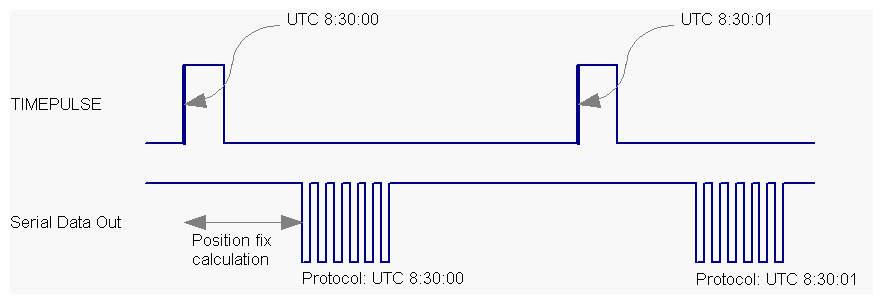
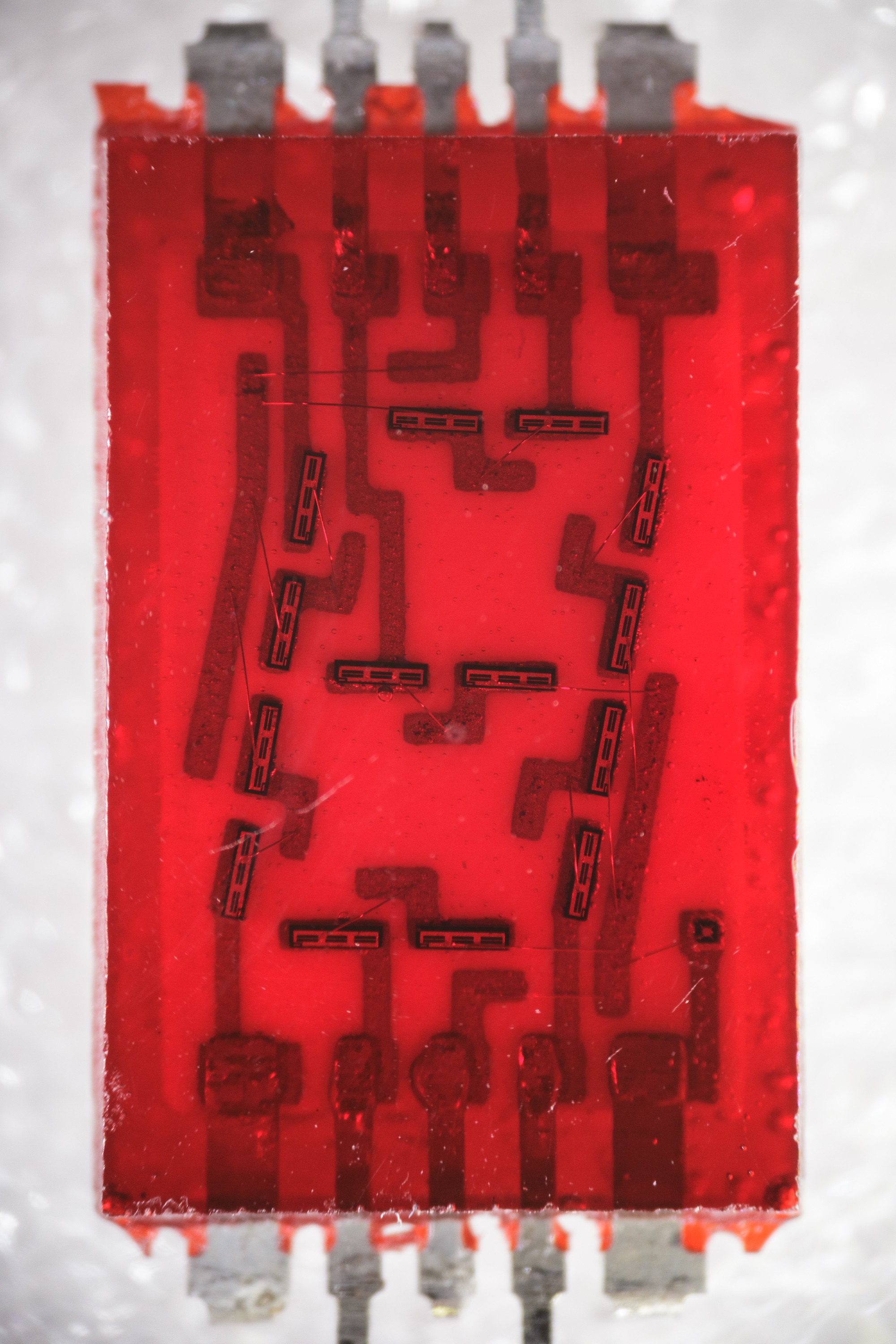
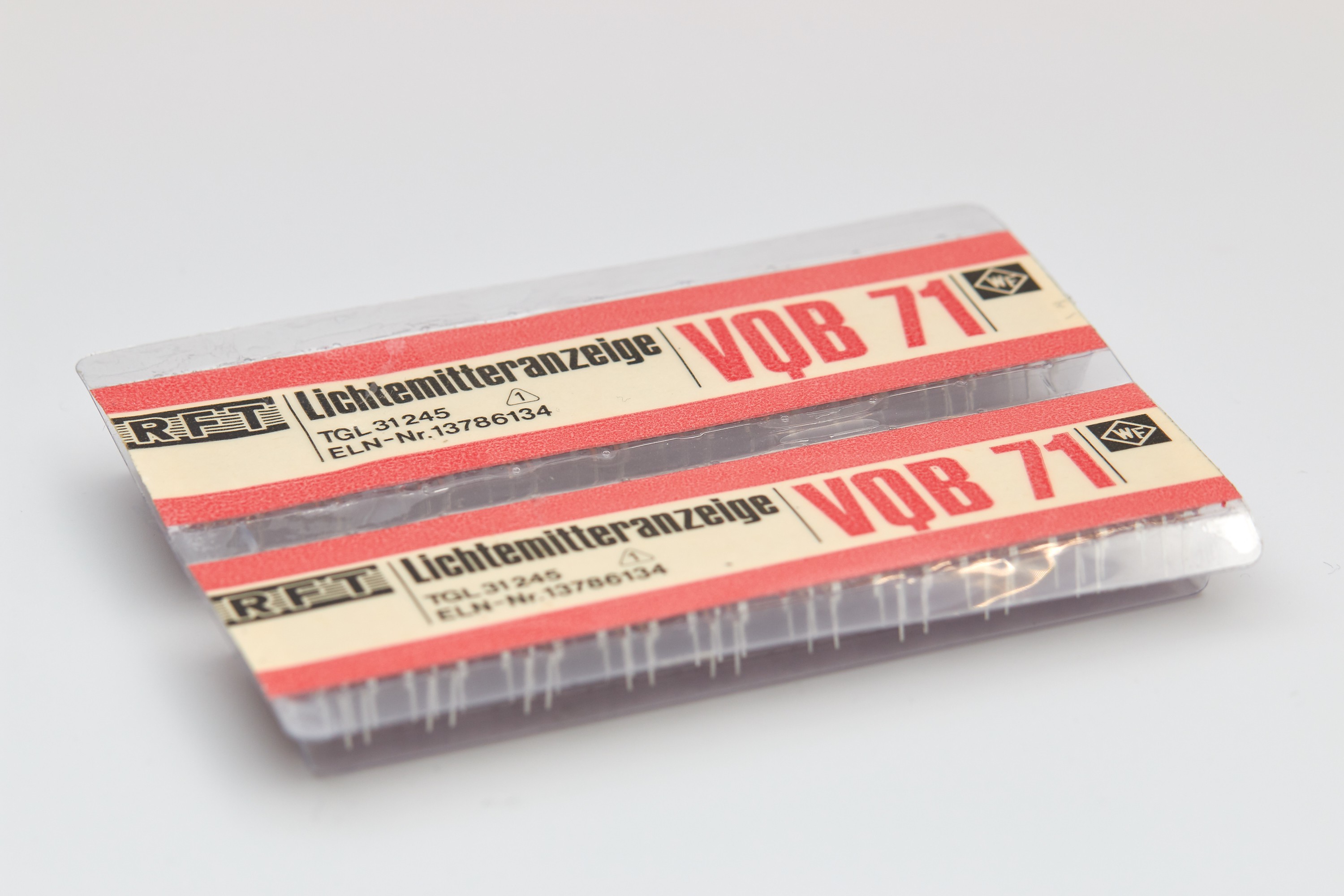

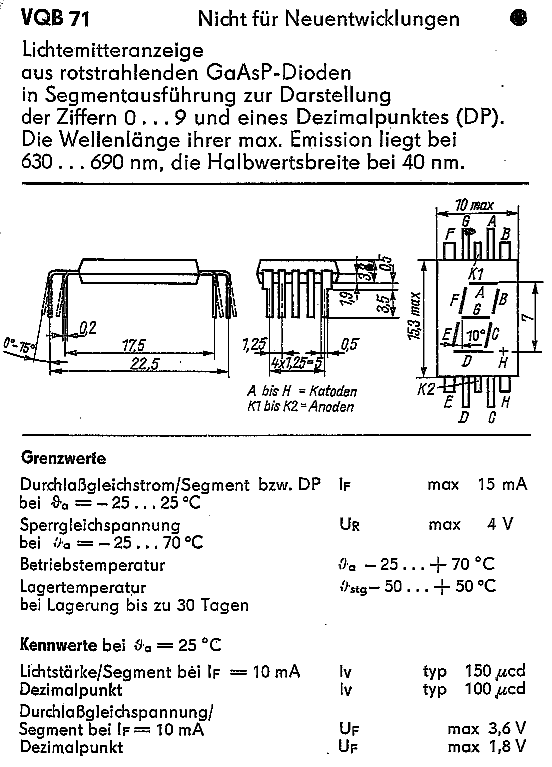
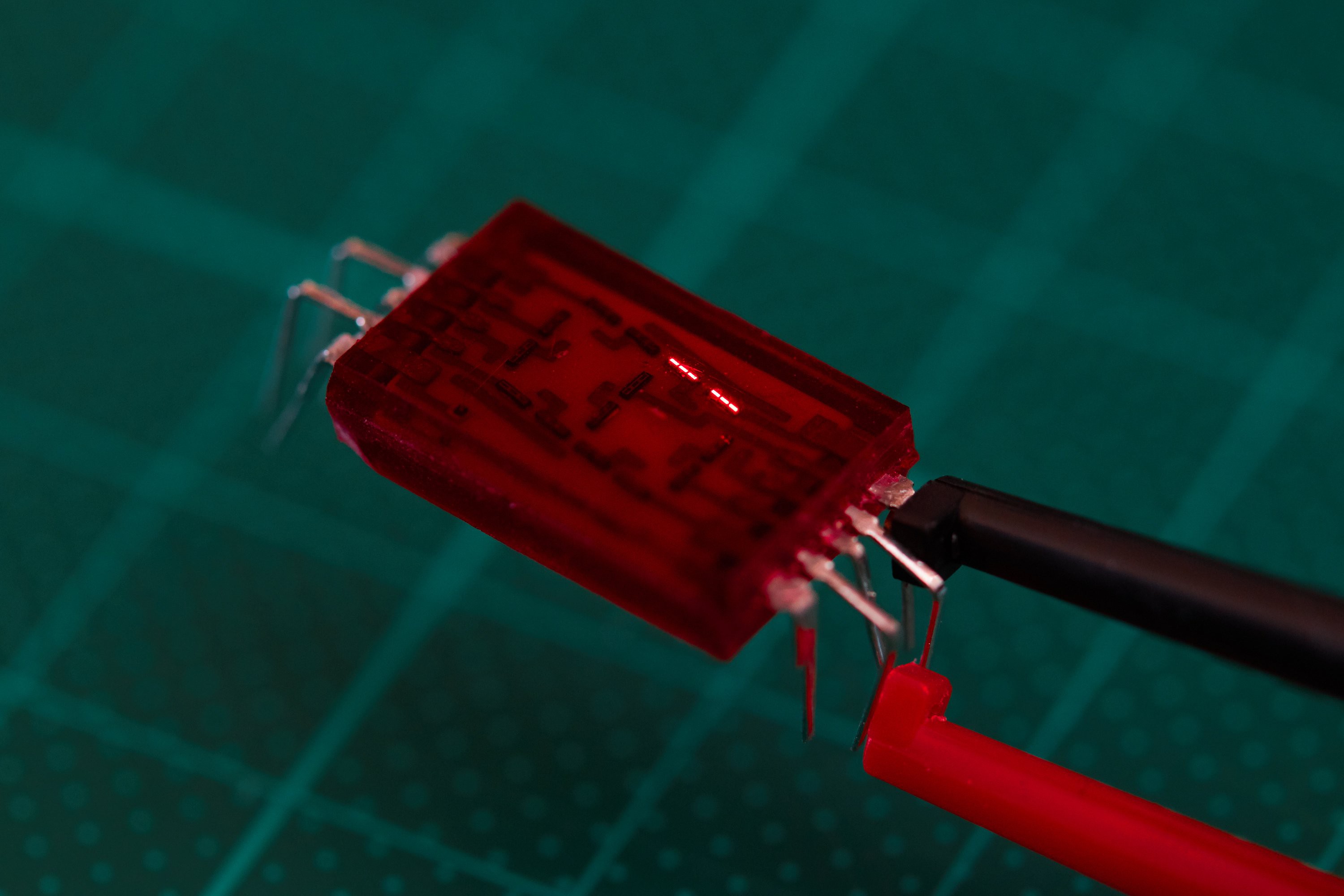
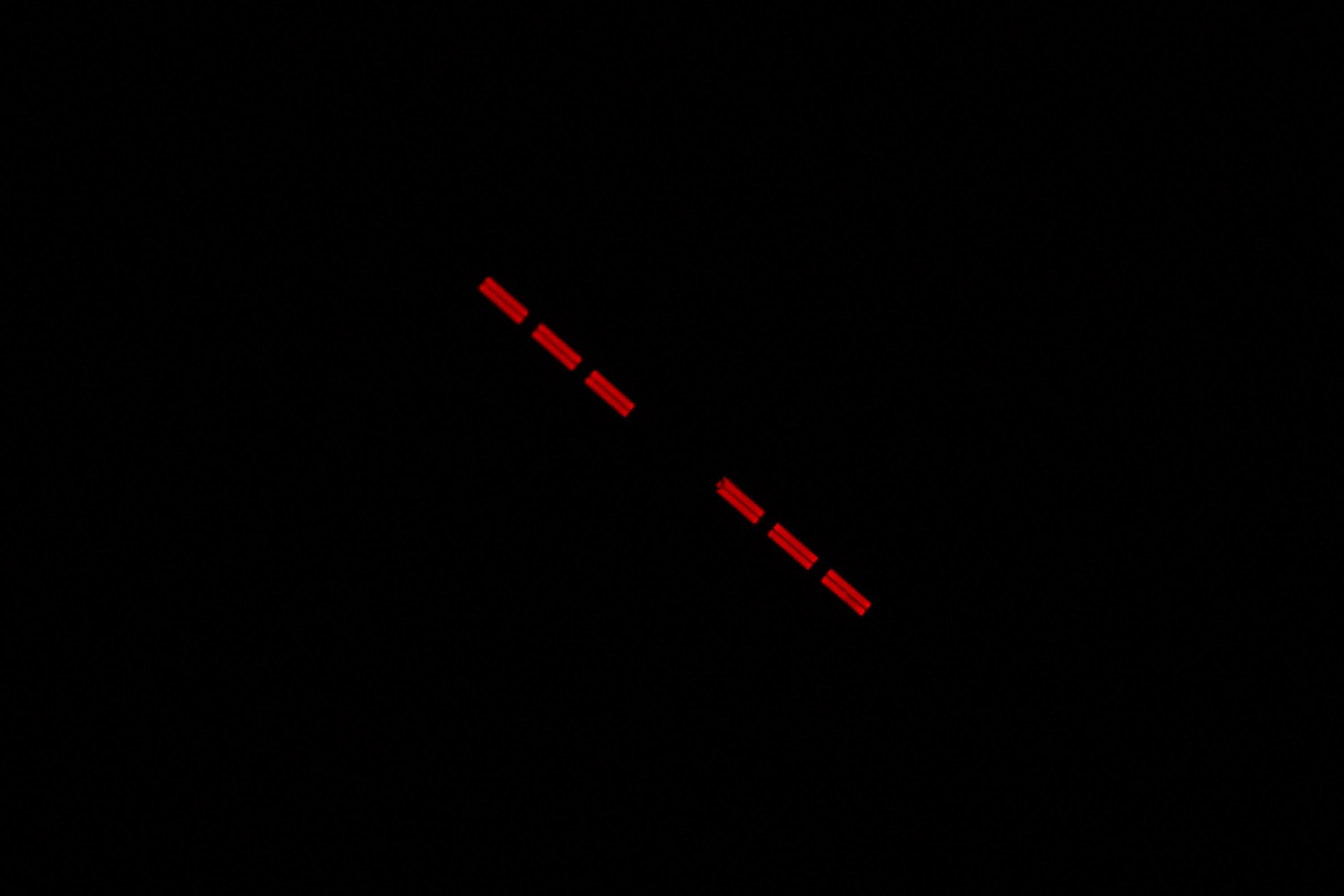


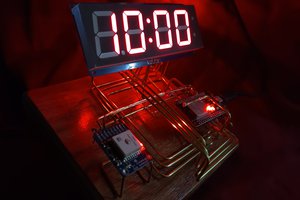
 Matthew James Bellafaire
Matthew James Bellafaire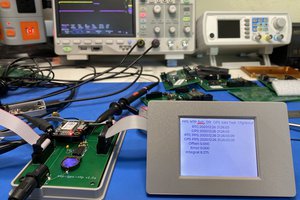
 liebman
liebman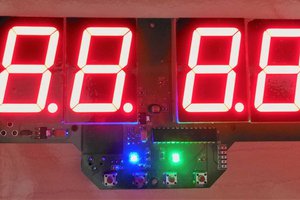
 Victor Chan
Victor Chan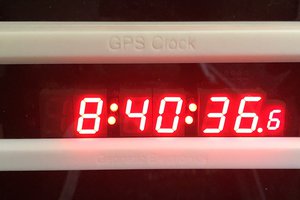
 Nick Sayer
Nick Sayer
Hello,
a really great project. I come from the GDR and grew up with these ads. I would like to recreate it for myself. Is it possible for you to send me the code for the STM. I don't dare to program it. that doesn't work for me.
Kind regards, Ingmar